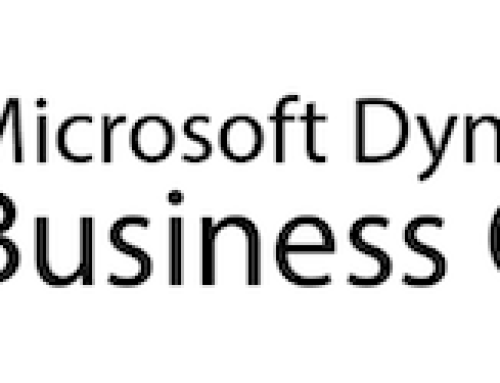Please review the following information to ensure you have a smooth and seamless 2022 GP Year-End Payables Management. Enjoy!
Does the 2021 Year-End Update include any form changes for Payables Management?
Yes, there are changes for the 2021 Forms! You can review these changes in detail in our new Payables YE blog: Microsoft Dynamics GP Year-End Update 2022: Payables Management form changes
Is there any new functionality that I should be aware of for Year-End? No.
When should the Year End Close for Payables Management be done?
- The Calendar Year-End Close Routine should be run at the end of the Calendar year prior to posting transaction in the next Calendar year.
- The Fiscal Year-End Close Routine should be run at the end of the Fiscal year prior to posting transactions in the next Fiscal year.
What does the Year-End Close Process do and /or affect?
- The Calendar year-end close process transfers the 1099 Amount from the Year-to-Date column to the Last Year column in the Amounts Since Last Close view in the Vendor Yearly Summary window, found under (Cards >> Purchasing >> Summary >> Yearly Button).
- The Fiscalyear-end close process transfers all other amounts from the Year-to-Date column to the Last Year column in the Amounts Since Last Close view, also found under (Cards >> Purchasing >> Summary >> Yearly Button).
*If the Year to Date or Last Year amounts are incorrect in the Amount Since Last Close View: you can use the link below to download the Payables Management Recalc Scripts as well as additional information on the Amounts Since Last Close.
Amounts Since Last Close Views incorrect in Payables or Receivable’s after Closing the year
- When these amounts are transferred this will also affect SmartList amounts that contain Year to Date or Last Year summary columns.
- The Vendor Summary report will also be affected by the transfer of amounts from the Year-to-Date column to the Last Year column when closing the year.
What steps should I take to close the year?
- Post all transactions for the current year.
- Make sure that transactions for the new year are saved, not posted.
- After verifying those steps, make a backup of your company database.
- Follow the steps in Year-end closing for Payables Management – Dynamics GP | Microsoft Docs.
Key points to remember:
- Follow the steps outlined in Year-end closing for Payables Management – Dynamics GP | Microsoft Docs and always make a restorable backup before starting any year-end close procedure.
- Payables Management is not fully date sensitive. In the Vendor Yearly Summary window, the Summary Views for Calendar Year and Fiscal Year are date sensitive, so will be correct.
However, the Amounts Since Last Close view will move amounts from the Year-to-Date Column to the Last Year column at the point in time you ran the Year End close process for Payables Management. As such, it is recommended that you process your year-end closing routines at the actual year end, and before you post any transactions in the new year, so this view is correct.
- Vendors should be marked as 1099-able before any transactions are posted for them so that 1099 information is updated automatically throughout the year. Please refer to Change the 1099 amount for a vendor – Dynamics GP | Microsoft Docs to correct vendors that were not marked correctly.
- Please Note: Both Payables Management and Receivables Management Year End KB articles mention that you should close the tax year. This will only need to be done once, after both the Receivables and Payables modules are closed. (The reason that we list this on both KB Articles is because some users may not use both Payables Management and Receivables Management.)
Resources:
Year-end closing for Payables Management – Dynamics GP | Microsoft Docs
By CAL Business Solutions, Connecticut Microsoft Dynamics GP & Acumatica Partner, www.calszone.com
Read the original post at: https://community.dynamics.com/blogs/post/?postid=1a65e999-ebc9-447b-8a51-13338b28e182












